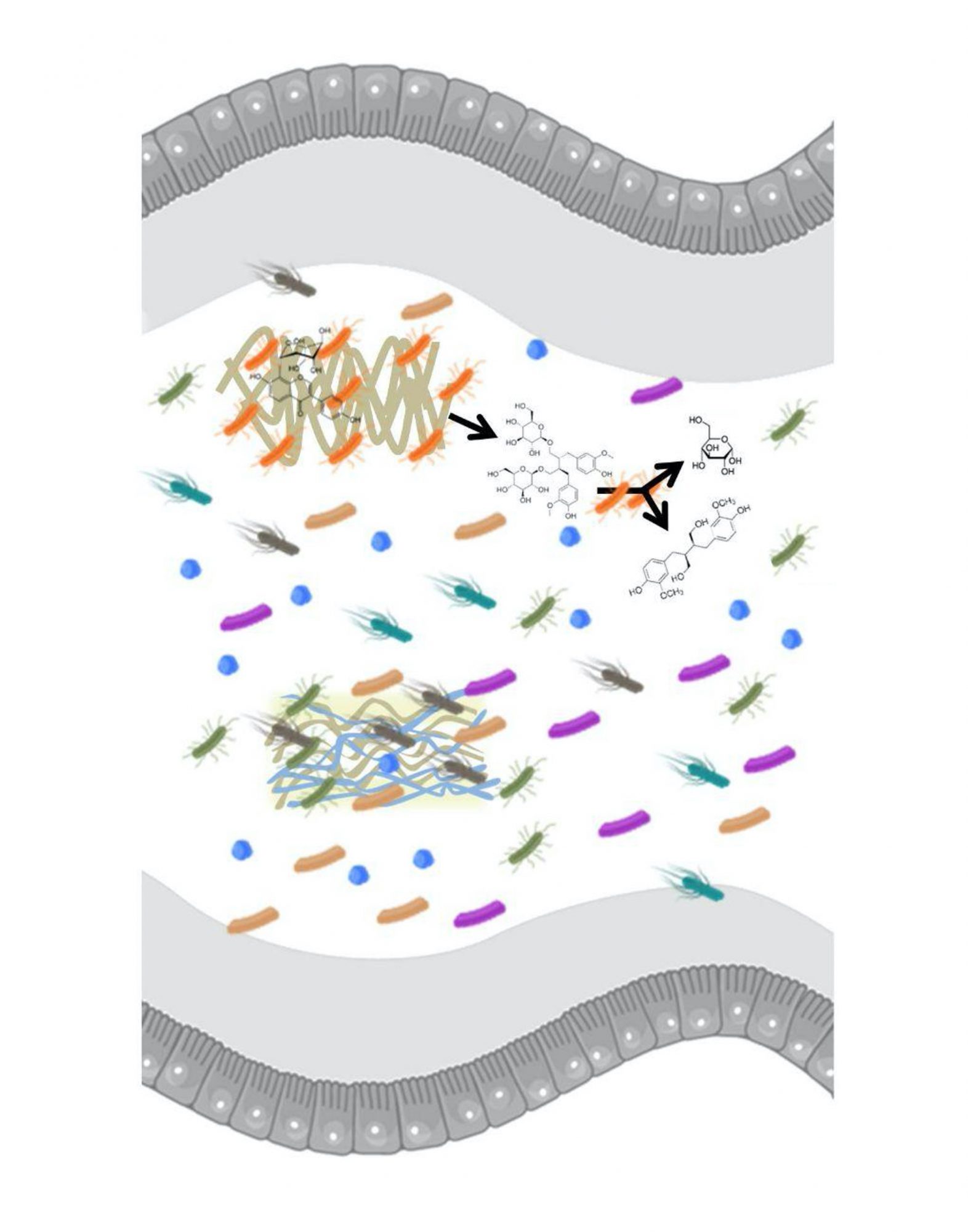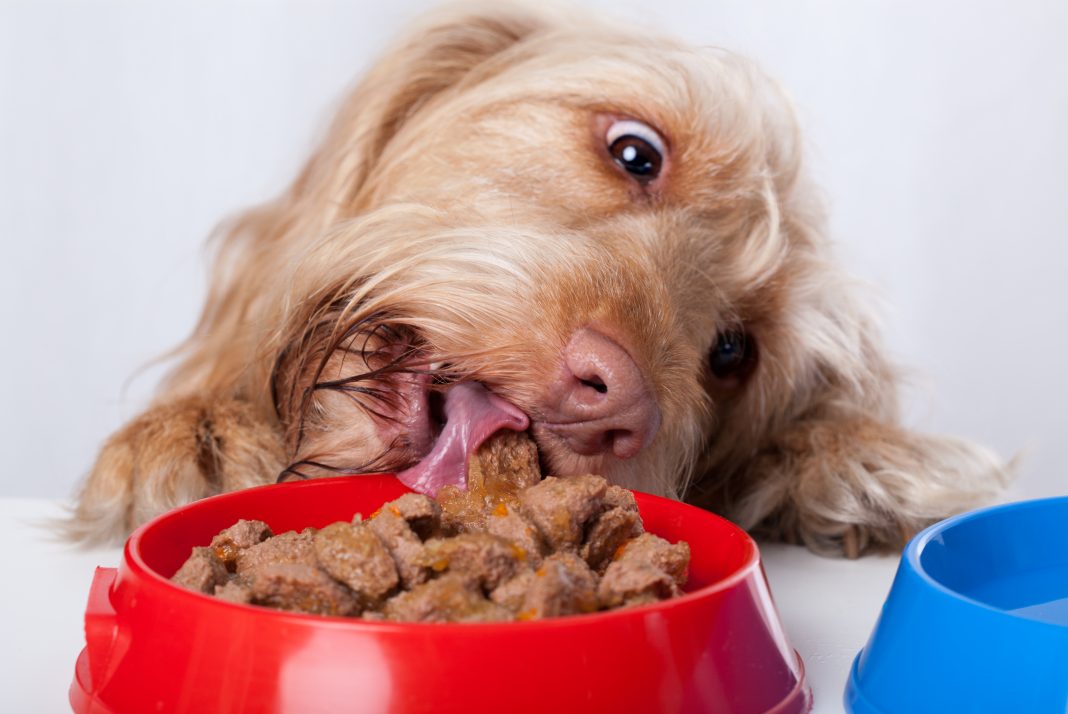The gastrointestinal microbiome comprises trillions of bacteria, and is a vitally important organ with wide ranging effects on pet health
Food impacts the composition and metabolism of the microbiome, as well as the production of postbiotics, which are bioactive end products of microbial consumption of prebiotics. Postbiotics include metabolites of nutrients like fatty acids, amino acids, vitamins and polysaccharides. Also gut bacteria can produce postbiotics from plant antioxidants like polyphenols.
Microbiome composition, metabolism and postbiotic production
A growing body of evidence has shown that influencing postbiotic production may have beneficial effects on pet health. Soluble and insoluble fibers are commonly used sources of prebiotics in the pet food industry, some of these fibers have polyphenols bound to them. Understanding the impact of each fiber type on the microbiome composition, metabolism and postbiotic production provides insights into formulating foods that are optimal for pet health.
In general, dietary fibers are considered “roughage” to absorb water and bulk the stool. Advancements in microbiome research help to understand gut microbial genomes and their metabolic functions at a fine level as well as study dietary nutrients, specifically dietary fiber, and their benefits to the gut microbiome and pet health. Dietary fibers are categorized into soluble and insoluble fibers, which predominantly come from plant food sources. However, recent recommendations were made to classify dietary fibers differently based on their functionality and fermentability by gut microbes, rather than solubility, because fiber enters the gut undigested by host enzymes and is foraged on by gut microbes to release fermentable polysaccharides, sugars and plant polyphenols.
Polysaccharides and sugars from fiber are converted into metabolites that provide energy to pets. Polyphenols can have increased antioxidant and anti-inflammatory activity once they have been metabolized by gut microbes. Gut microbes have specific abilities to utilize distinct dietary fiber structures, and studies suggest that more simple structures such as FOS and inulin provide different responses. However, complex structures such as insoluble fibers require specific microbes to ferment and provide similar responses to host health (1).
A recent study demonstrated the specificity of microbes to specific dietary fiber structures by developing bead based artificial color coded fiber structures as biosensors able to identify specific microbes attached to the bead in the gut using a mouse model (2). This brings the notion that “all fibers are not equal in the eyes of gut microbes”. Fiber that is simple or complex can affect the gut microbiome and enriches specific microbes to impact health in cats (3). Further, the impact of specific dietary composition (high protein-low carbohydrate vs. low protein-high carbohydrate) on gut microbiome and their metabolic functions are similar in dogs compared to humans (4).
Chronic gastroenteritis clinical trial: Understanding pet health
Recently, a clinical trial was published that examined the impact of a unique fiber blend on loose stool in dogs with chronic gastroenteritis (5). The fiber sources included cranberry, citrus and pecan which contain plant antioxidant and anti-inflammatory polyphenols (similar to those in red wine or green tea). The polyphenol-fiber food resolved chronic loose stool within 48 hours in this study population and was associated with beneficial changes in gut microbiome metabolism of plant compounds.

Next, a comparison was made in a different group of dogs diagnosed with chronic gastroenteritis between this polyphenol-fiber food and a more typical high-fiber food (6). This second food, which was not rich in polyphenols, did have a full complement of soluble, insoluble and fermentable fibers. While both of the high fiber foods improved stool firmness in these dogs, only the polyphenol-fiber food was able to nourish and activate the microbiome as shown by increased levels of plant metabolites in stool. Interestingly, the microbial metabolites had structures with more potent antioxidant and anti-inflammatory activity than the original compounds the dogs ate. Thus, the microbiome is fulfilling a critical action to activate dietary fiber components into even more beneficial substances. Next, the polyphenol-fiber blend was added to two very different foods, one rich in grains and the other devoid of grains and containing hydrolysed meat (hydrolysis is often used to reduce allergenicity of foods) (7). In this study, the polyphenol-fiber food increased gut microbial metabolites of plant compounds regardless of whether it was added to the grain-rich or hydrolysed meat food. However, there were differences in the effect on gut microbiome sugar versus amino acid fermentation. The polyphenol-fiber blend decreased detrimental products of amino acid breakdown when added to the grain-rich food and increased beneficial fiber fermentation when added to the hydrolyzed meat food. Finally, an assessment was made on how healthy dogs and cats may benefit from this polyphenol-fiber (8, 9).
A series of foods containing decreasing amounts of the polyphenol-fiber were generated and fed to healthy dogs and cats, followed by analysis of gut microbiome metabolites in stool. Even when reduced to ~10x less in the food, the polyphenol-fiber was able to increase microbial production of beneficial metabolites. So, these specialized fibers can be healthful when fed at higher levels for specific needs, or at lower levels to support general wellness.
Fibers are not equal
In summary, fibers are not equal partially because of the diverse array of plant metabolites that may be bound to them. In addition to more standard distinctions such as ‘soluble’ or ‘fermentable’, nutritionists and food producers can look at the amount of bound polyphenols in fiber sources and select those which are rich in these plant compounds to help benefit the health of companion animals.
References:
- https://journals.asm.org/doi/10.1128/mBio.02179-19
- https://pubmed.ncbi.nlm.nih.gov/31539500/
- https://www.vetsmall.theclinics.com/article/S0195-5616(21)00012-7/pdf
- https://microbiomejournal.biomedcentral.com/articles/10.1186/s40168-018-0450-3
- https://pubmed.ncbi.nlm.nih.gov/35751062/
- Frontiers of Veterinary Science, In Press 2022
- https://pubmed.ncbi.nlm.nih.gov/30376392/
- https://pubmed.ncbi.nlm.nih.gov/35804553/
- https://pubmed.ncbi.nlm.nih.gov/35268196/

This work is licensed under Creative Commons Attribution-NonCommercial-NoDerivatives 4.0 International.


